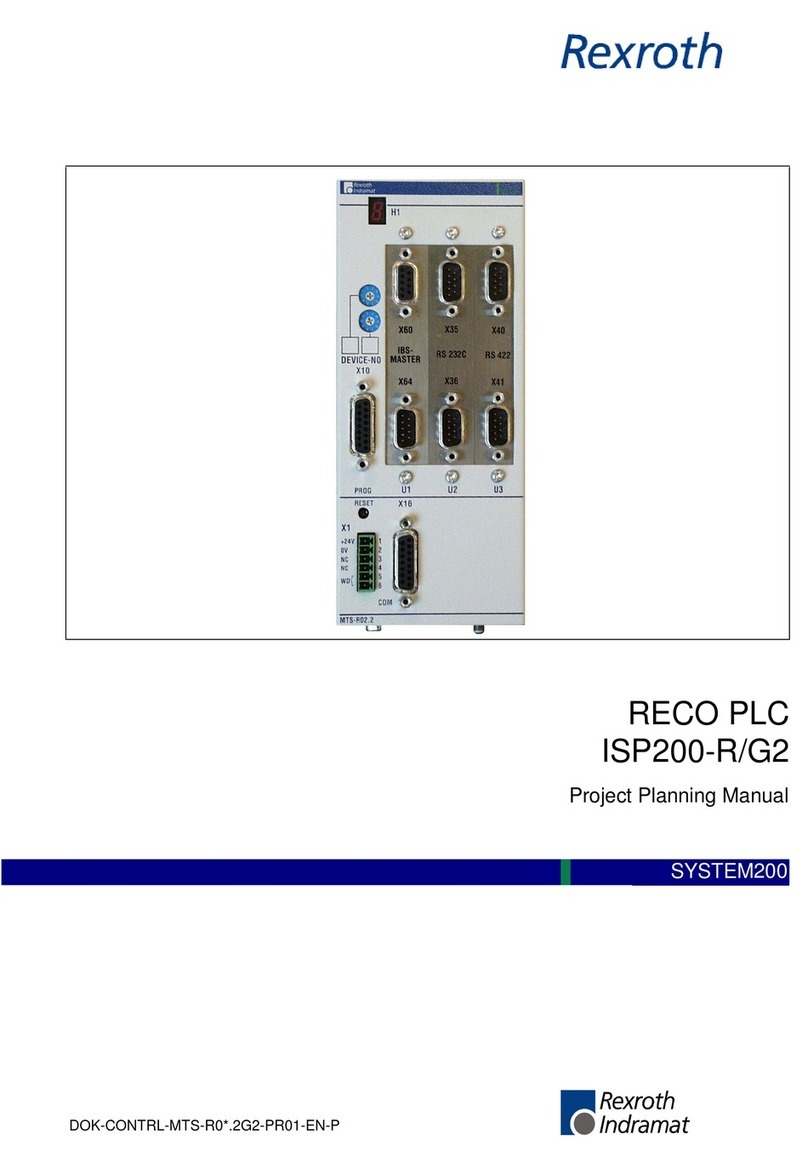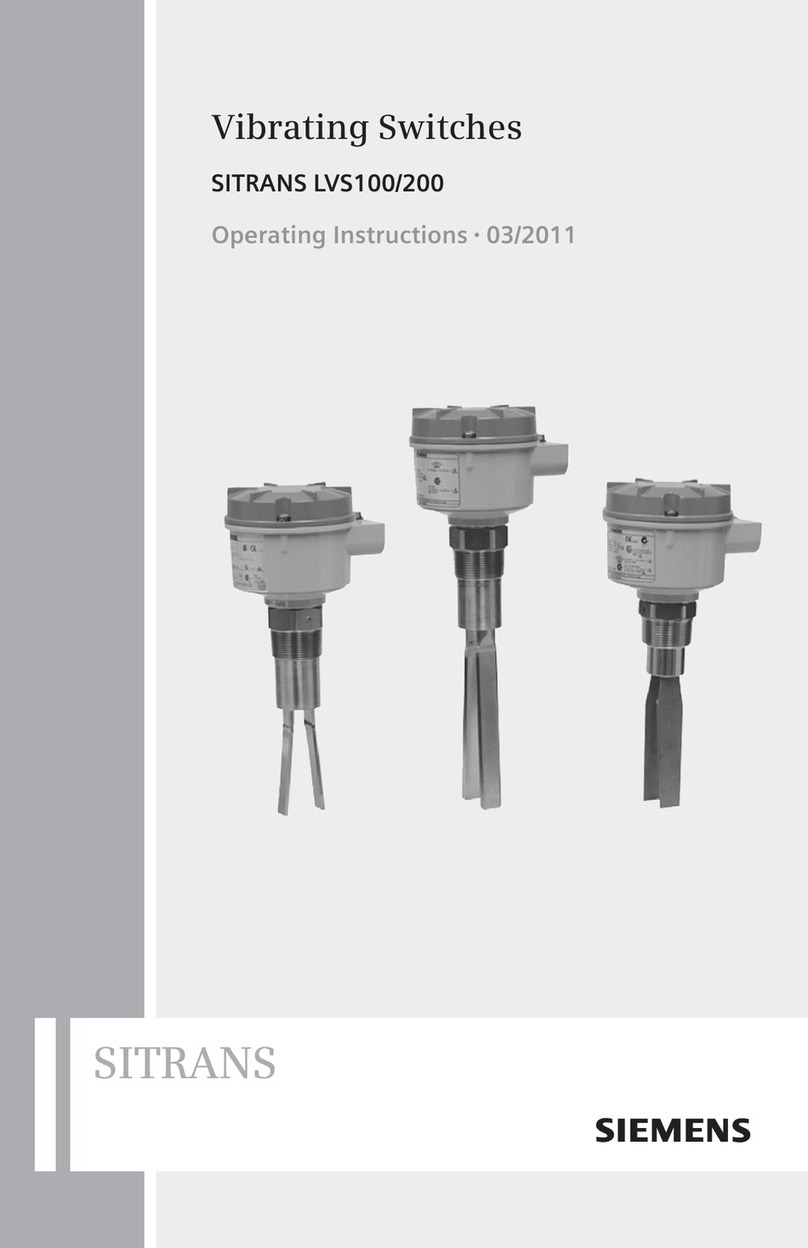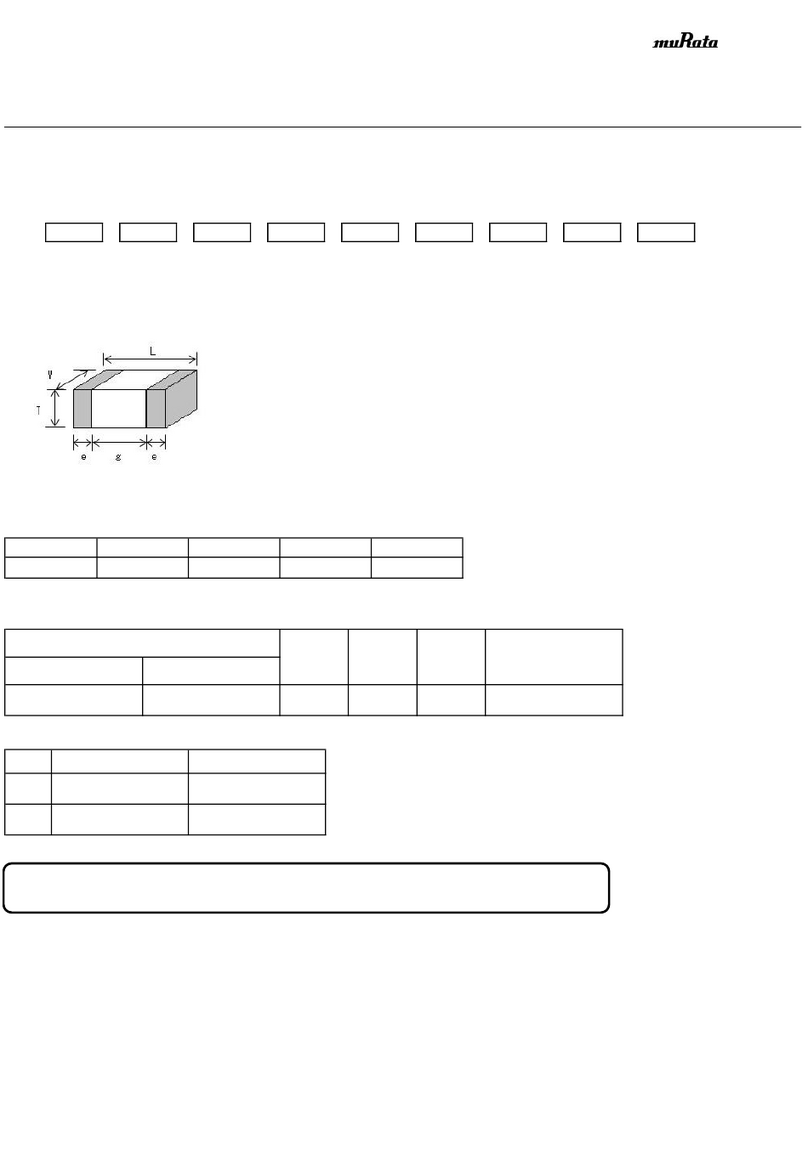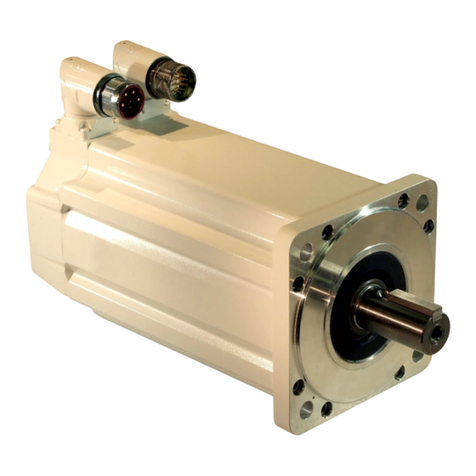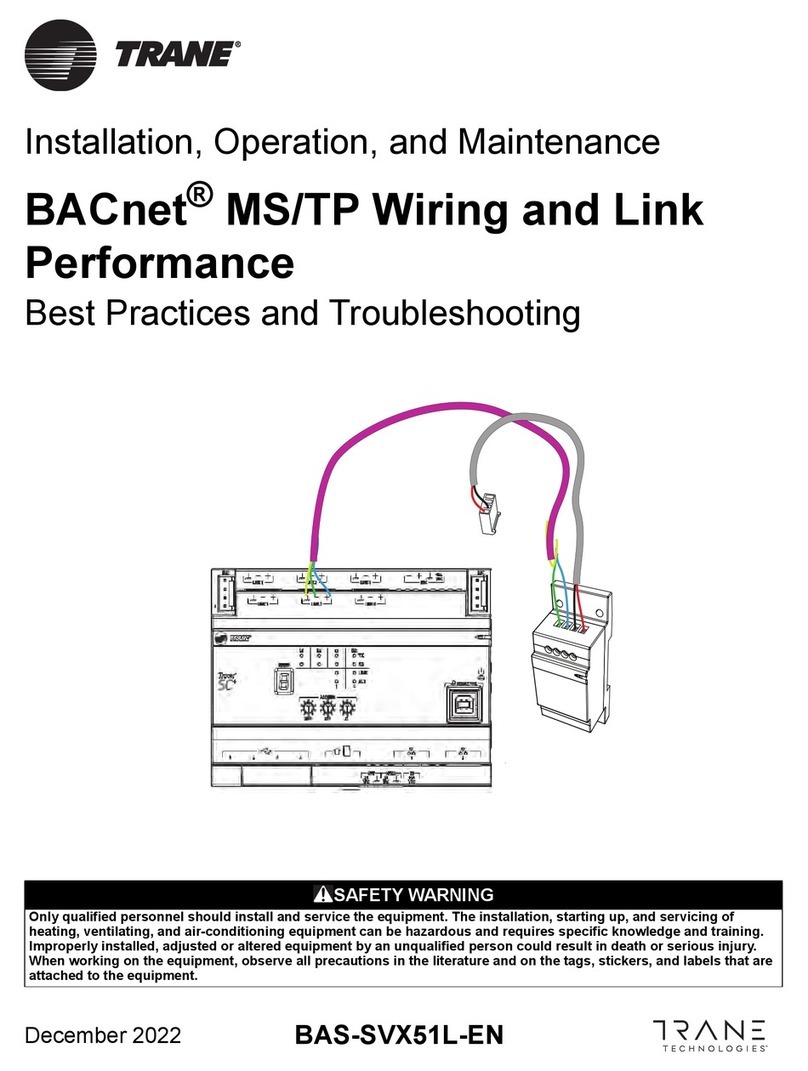
ALL phases of this installation must comply with NATIONAL, STATE AND LOCAL CODES
IMPORTANT — This Document is customer property and is to remain with this unit. Please return to service informa-
tion pack upon completion of work.
Replacement Coils
These instructions do not cover all variations in systems nor provide for every possible contingency to be met in connection with
the installation. Should further information be desired or should particular problems arise which are not covered sufficiently for the
purchaser’s purposes, the matter should be referred to your installing dealer or local distributor.
Installer’s Guide
Includes coil models
COL32491, 32492, 32493, 32494, 32495, 32496,
COL32499, 32500, 32501, 32502, 32503, 32504
18-AH77D1-1A-EN
1. Safety
This information is intended for use by individuals
possessing adequate backgrounds of electrical and
mechanical experience. Any attempt to repair a central
air conditioning product may result in personal injury
and/or property damage. The manufacture or seller
cannot be responsible for the interpretation of this
information, nor can it assume any liability in connec-
tion with its use.
Extreme caution should be exercised when opening
the Liquid Line Service Valve. Turn counterclockwise
until the valve stem just touches the rolled edge. No
torque is required.
LIVE ELECTRICAL COMPONENTS!
Failure to follow this warning could result in property
damage, severe personal injury, or death.
Follow all electrical safety precautions when exposed
to live electrical components. It may be necessary to
work with live electrical components during installa-
tions, testing, servicing, and troubleshooting of this
product.
PRESSURIZED REFRIGERANT!
Failure to follow this warning could result in personal
injury.
System contains oil and refrigerant under high pres-
sure. Recover refrigerant to relieve pressure before
opening the system. Do not use non-approved refrig-
erants, refrigerant substitutes, or refrigerant additives.
SHARP EDGE HAZARD!
Failure to follow this caution could result in property
damage or severe personal injury.
Be careful of sharp edges on equipment or any cuts
made on sheet metal while installing or servicing.
RISK OF FIRE!
In systems using flammable refrigerants, observe all
safety instructions and markings with the air handler.
Ensure all safety devices are in place and functional.
To be repaired only by trained professional. Do not
puncture refrigerant tubing. Dispose of properly in ac-
cordance with federal or local regulations..
WARNING!
This product can expose you to chemicals including
lead, which are known to the State of California to
cause cancer and birth defects or other reproductive
harm.
For more information go to www.P65Warning.ca.gov.
COIL IS PRESSURIZED!
• Coil is pressurized with approximately 8-12 psi dry
air and factory checked for leaks.
• Carefully release the pressure by removing the
rubber plug on the liquid line.
• If no pressure is released, check for leaks.
